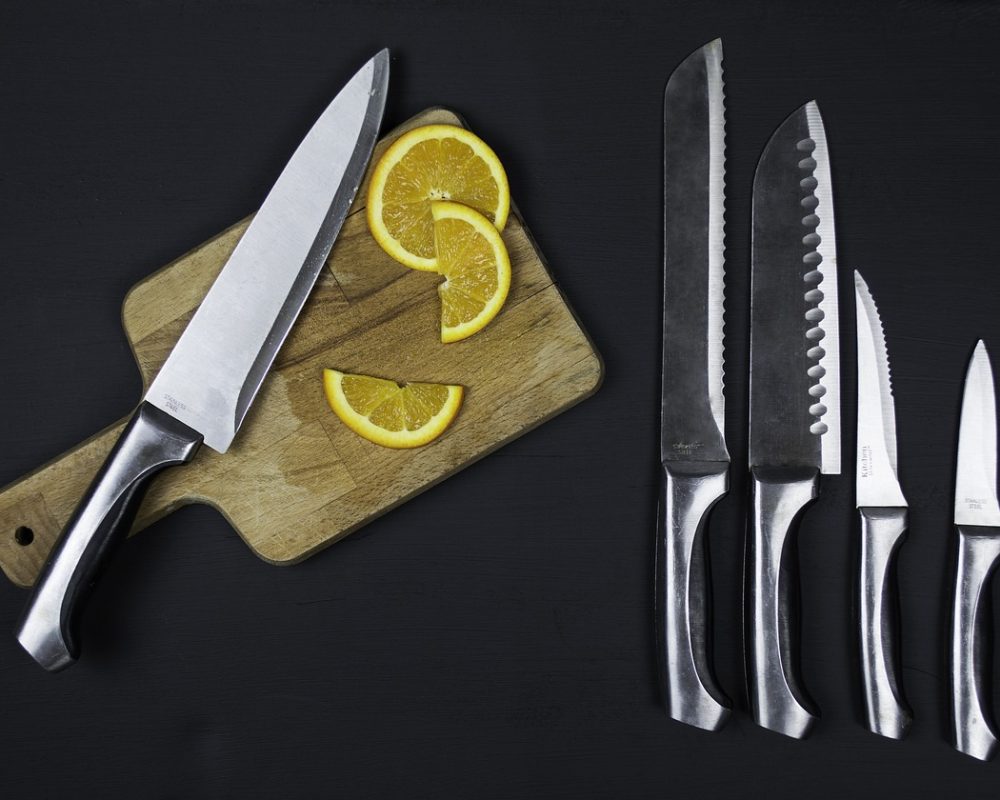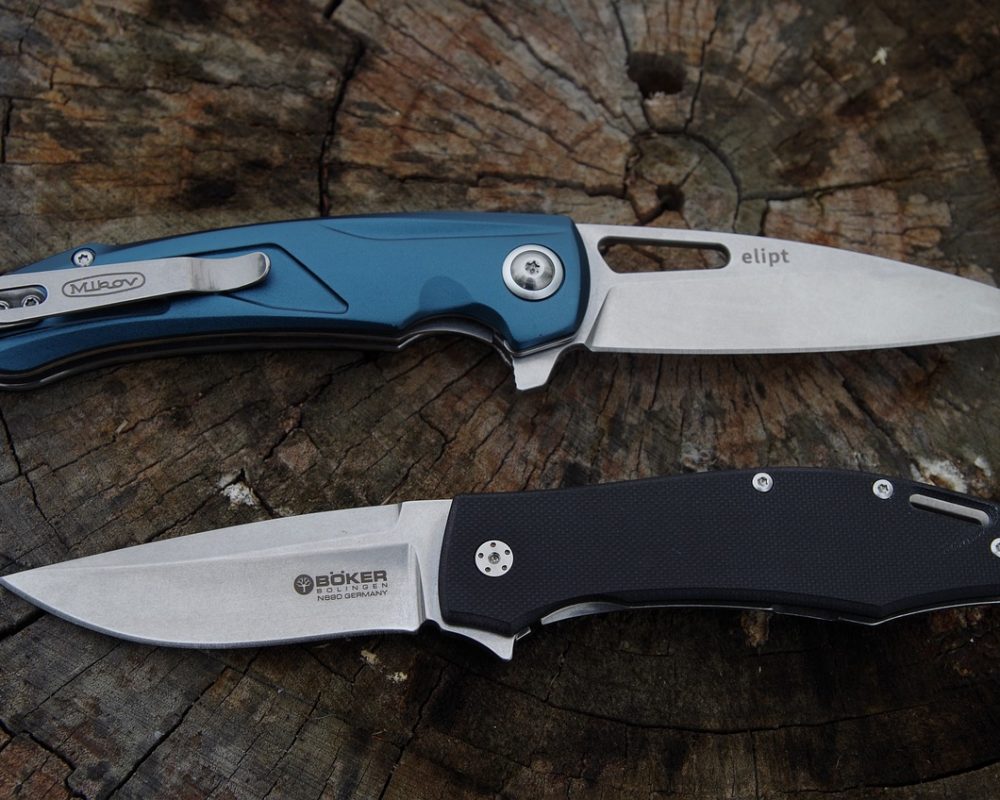In any kitchen, knives are the backbone of food preparation. With the right knife, cutting tasks become safer, easier, and more efficient.
The chef’s knife is a versatile, all-purpose tool that is a must-have in any kitchen. Ranging from 6 to 12 inches, the blade typically has a slightly curved edge and a pointed tip, allowing for a rocking motion as you chop. Its broad blade makes it ideal for a wide variety of tasks, from chopping vegetables to slicing meat.

The paring knife is small, typically about 3 to 4 inches long, and is designed for intricate tasks that require precision. Its small size and sharp blade allow for better control, making it ideal for tasks where a larger knife would be too cumbersome.
With its long, serrated edge, the bread knife is designed to slice through crusty bread without squashing the soft interior. The serrations help to grip and cut through the tough outer crust of bread or other foods with a hard exterior and soft interior.

With its long, serrated edge, the bread knife is designed to slice through crusty bread without squashing the soft interior. The serrations help to grip and cut through the tough outer crust of bread or other foods with a hard exterior and soft interior.
Slicing bread, cakes, tomatoes, and citrus.
Long blade with serrations; usually 8 to 10 inches in length.
9-inch bread knife for most bread loaves.

The carving knife is typically long, thin, and narrow, designed for slicing cooked meat and poultry into thin, even slices. The narrow blade reduces friction, allowing for smoother cuts. For those who frequently prepare roasts, hams, or whole poultry, this knife is invaluable.
Best for: Slicing cooked meats, such as roast, turkey, and ham.
Features: Long, narrow blade; often slightly flexible for smoother slicing.
Recommended size: 8 to 12 inches, depending on the size of the food being sliced.
The cleaver is a large, heavy knife designed for breaking down meat and cutting through bones. Its wide, rectangular blade is also useful for crushing garlic or ginger and scooping up chopped ingredients. Although it can be intimidating, it’s essential for kitchens that prepare a lot of meat.
Another Japanese design, the Nakiri knife is a vegetable specialist. Its rectangular, straight blade allows for smooth, clean cuts and makes it ideal for slicing vegetables without having to lift the knife.
A fillet knife is similar to a boning knife but is generally more flexible and specifically designed for filleting fish. Its thin, flexible blade makes it easier to maneuver around delicate fish bones and achieve thin, even cuts.
While it’s easy to be tempted by a full knife block, the average home cook only needs a few essential knives to cover most kitchen tasks. For those just starting to build a knife collection, the following three knives offer the most versatility:
For those who prepare a lot of meat, a boning knife or carving knife can be valuable additions. Similarly, for those focusing on vegetables, a Santoku or Nakiri knife can offer more specialized performance.
